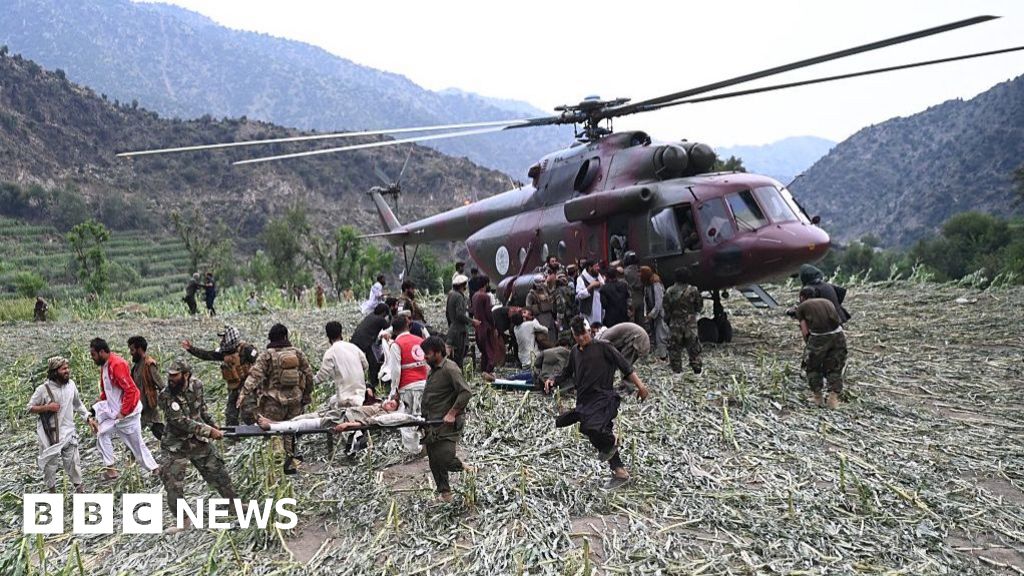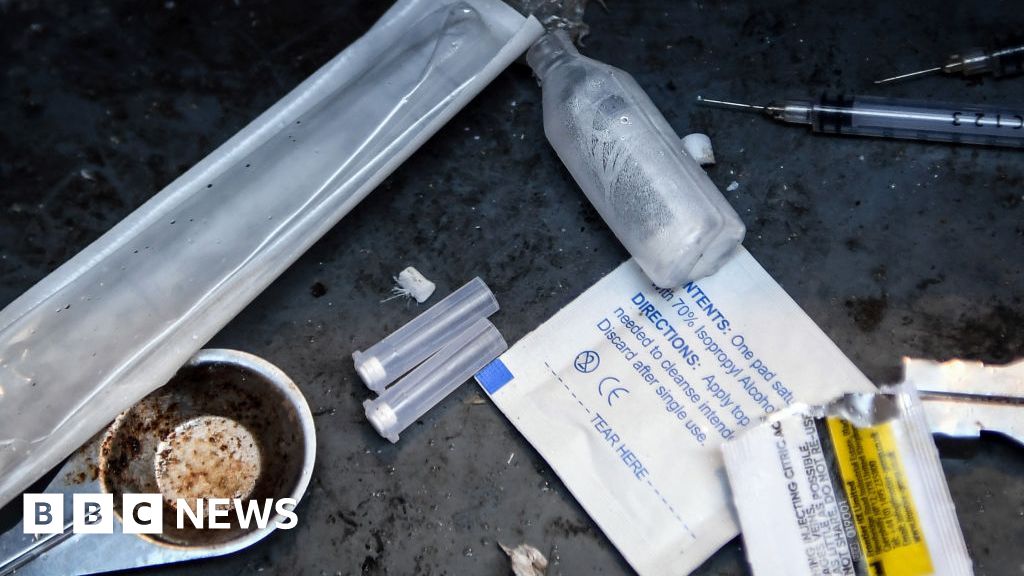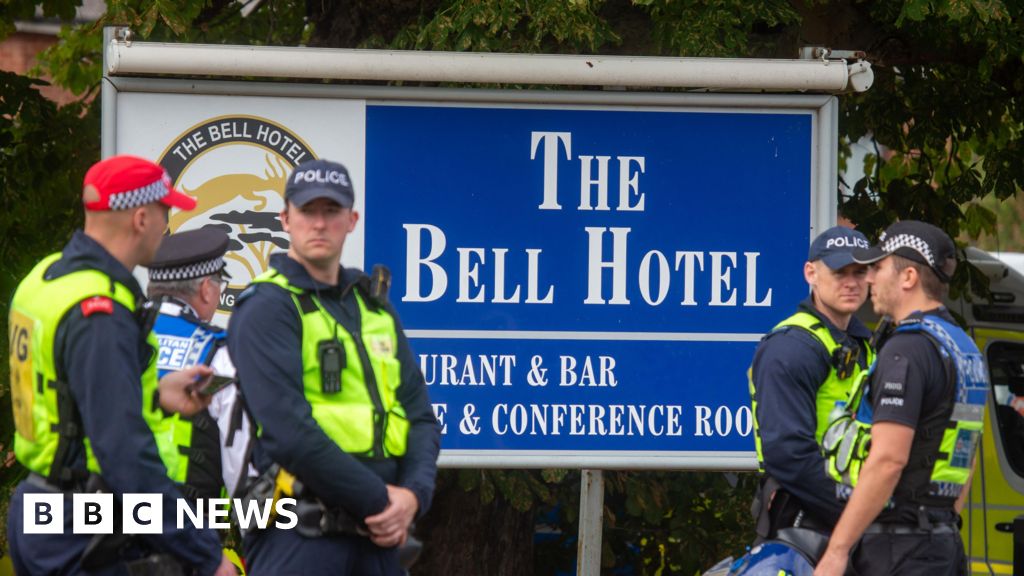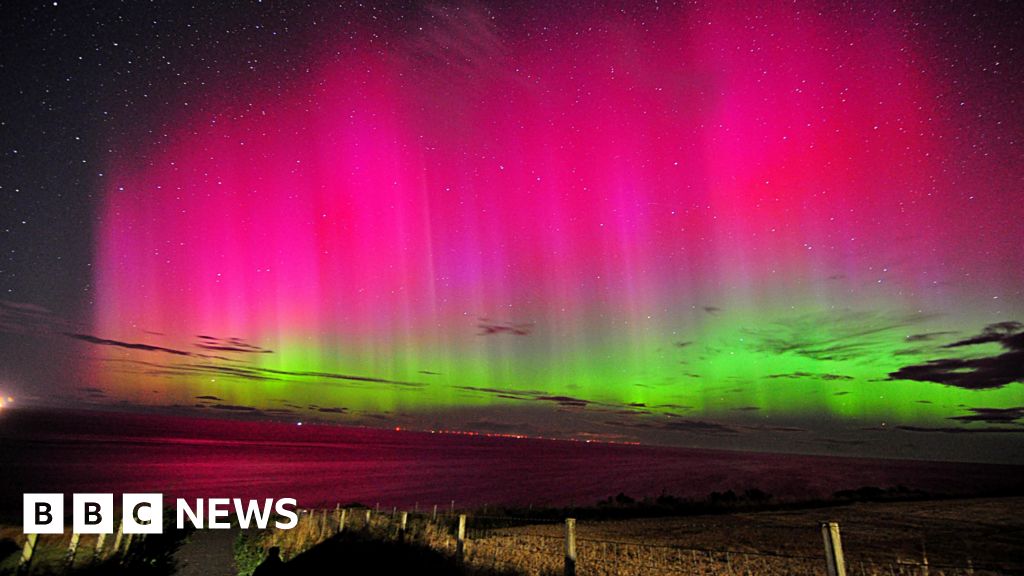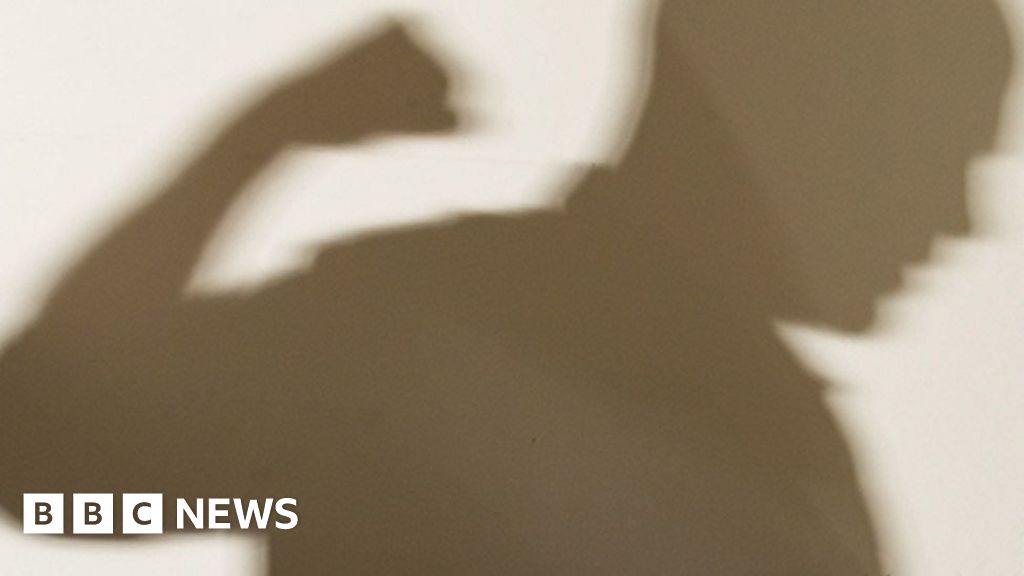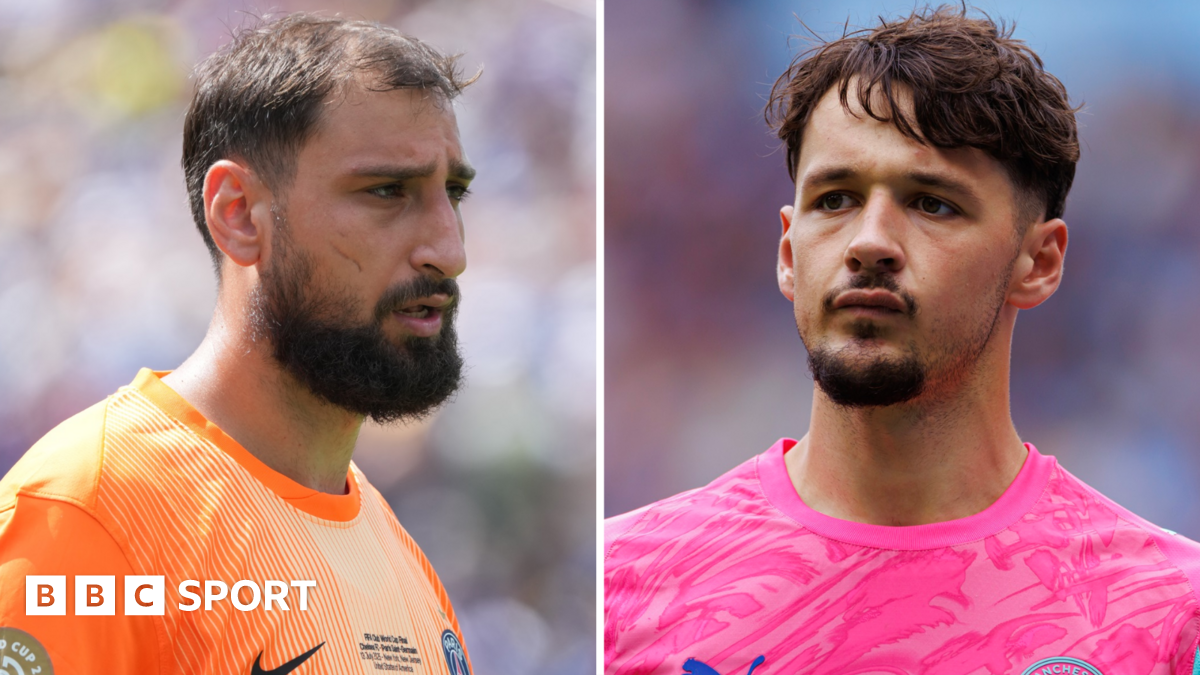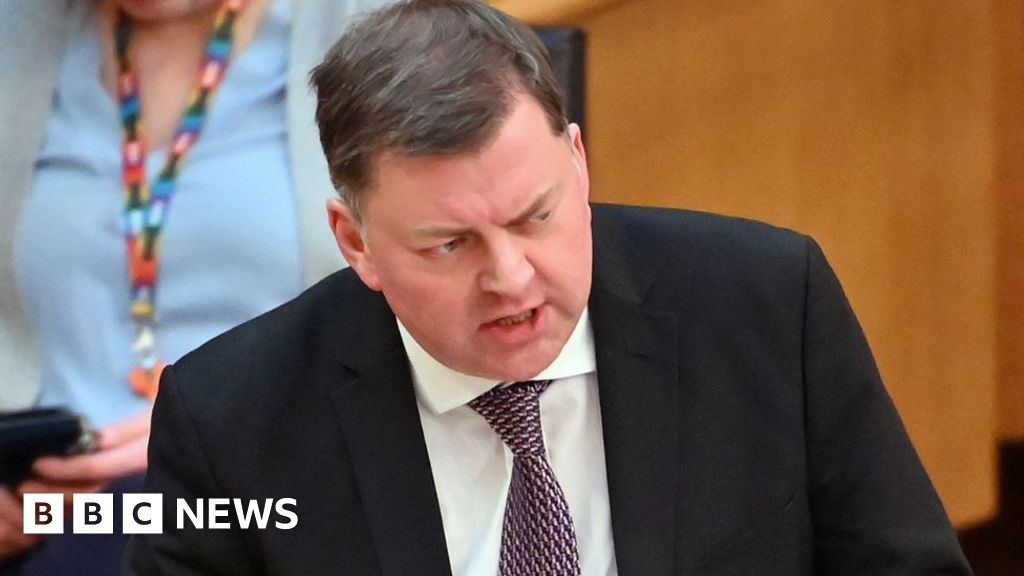The Northern Lights were spotted across the UK for the first time this autumn on Monday night, and could return on Tuesday.
From northern Scotland, north Wales to Norfolk and Kent, the bright colours of the aurora were visible after a strong solar storm.
Space weather forecasters highlighted the chance of aurora on Monday afternoon after satellites monitoring solar activity picked up an eruption on the surface of the Sun – known as a coronal mass ejection.
The increased solar energy travelled into our atmosphere where it interacted with oxygen and nitrogen and created the purples, greens and red colours we know as the aurora.
The Met Office Space Weather Centre suggests the increased solar activity could continue into Tuesday night with the possibility of it reaching a G4 Severe storm in a scale from G1-G5.
This would bring a greater chance for seeing the aurora right across the UK, potentially even with the naked eye.
The forecaster's space weather manager, Krista Hammond, encouraged people to stay up to date with the latest information as "forecasts can change rapidly".
An important factor to be able to see the northern lights is of course the amount of cloud cover.
Unfortunately, through Tuesday night cloud will be thickening across England, Wales and Northern Ireland with heavy rain and strengthening winds moving in.
Those in Scotland however will have the clearest skies for longest overnight and therefore a better chance of seeing the northern lights.
Light pollution in more urban areas can also affect the likelihood of the lights being seen.
If they are not visible to the naked eye, photography can help.
Setting a long exposure time can capture the aurora but you will have to keep the camera still, ideally using a tripod to avoid blurring.
If using your phone, switch off the flash, set the camera app to night mode and set the exposure time between three and five seconds. Just like with a bigger camera, you will need to keep your phone still.
Some apps may have more advanced camera settings which allow for shutter speed, ISO, and the length of exposure to be adjusted.
The US Space Weather Prediction Center confirmed there was a "moderate geomagnetic storm" reaching G2 on the scale in the early hours of Tuesday.
While it is not uncommon to see the aurora across northern areas of the UK, it takes a stronger solar storm for them to be visible further south.
The Met Office said it had reports of the lights being seen as far south as Dorset on Monday night.
Activity is likely to fall back to normal levels by Wednesday.
The Northern Lights are caused by solar winds carrying charged particles interacting with the earth's magnetic field.
The heightened chance of a UK sighting was caused by a fast-moving coronal mass ejection, which is a "release of plasma and magnetic field from the Sun's corona", late on Saturday night.



